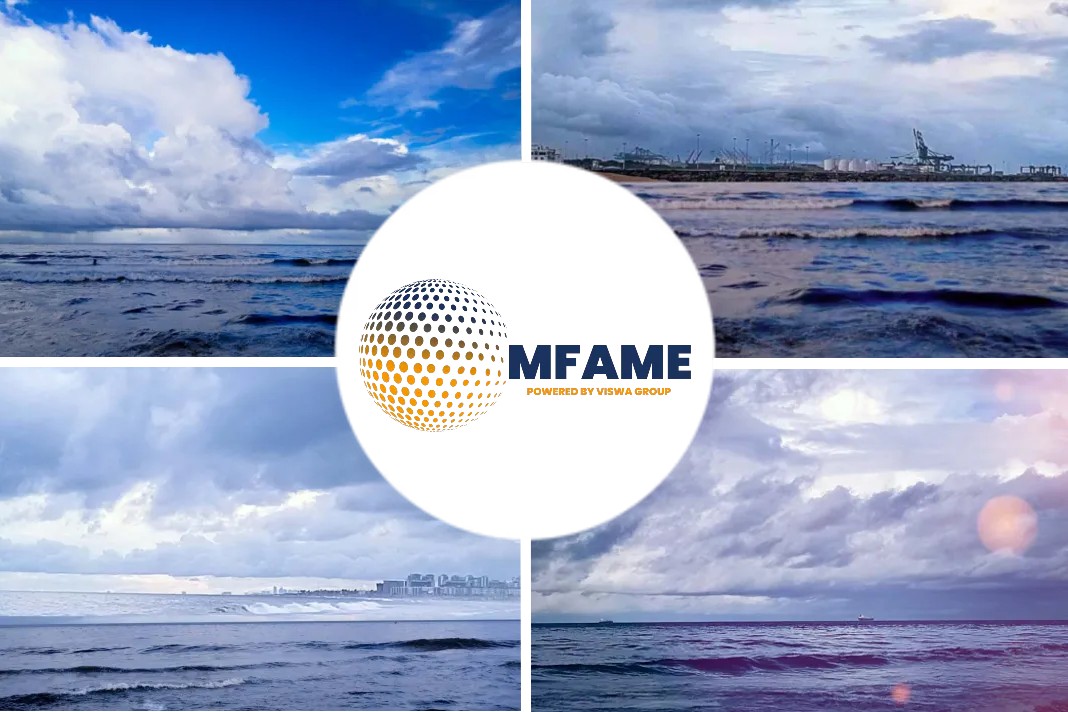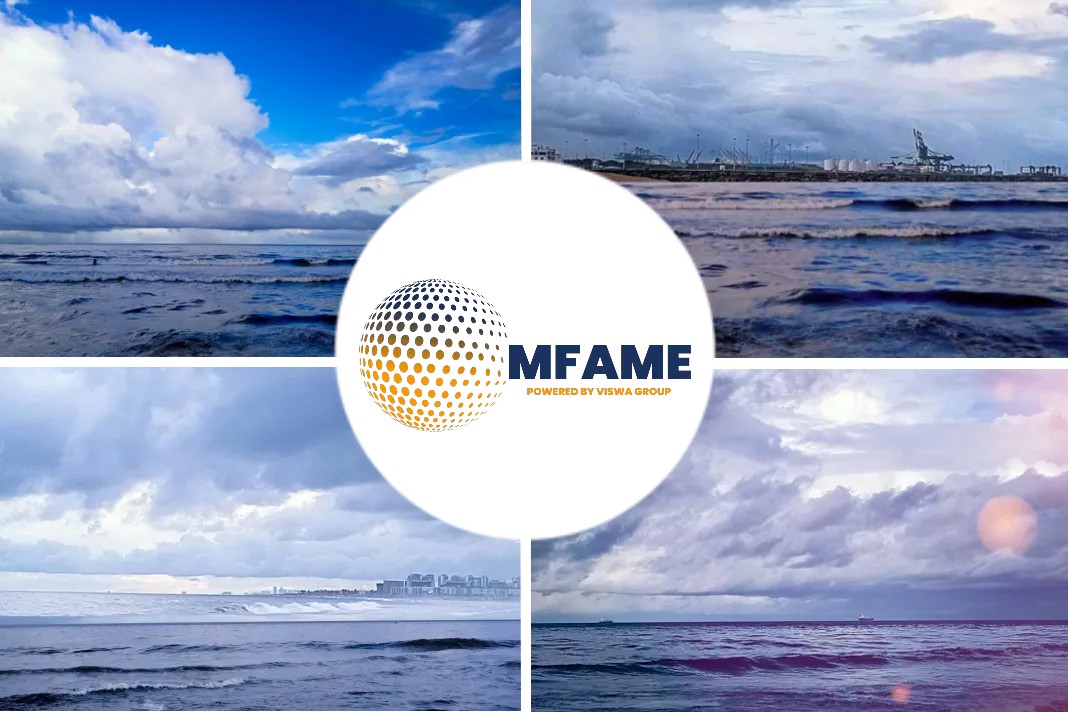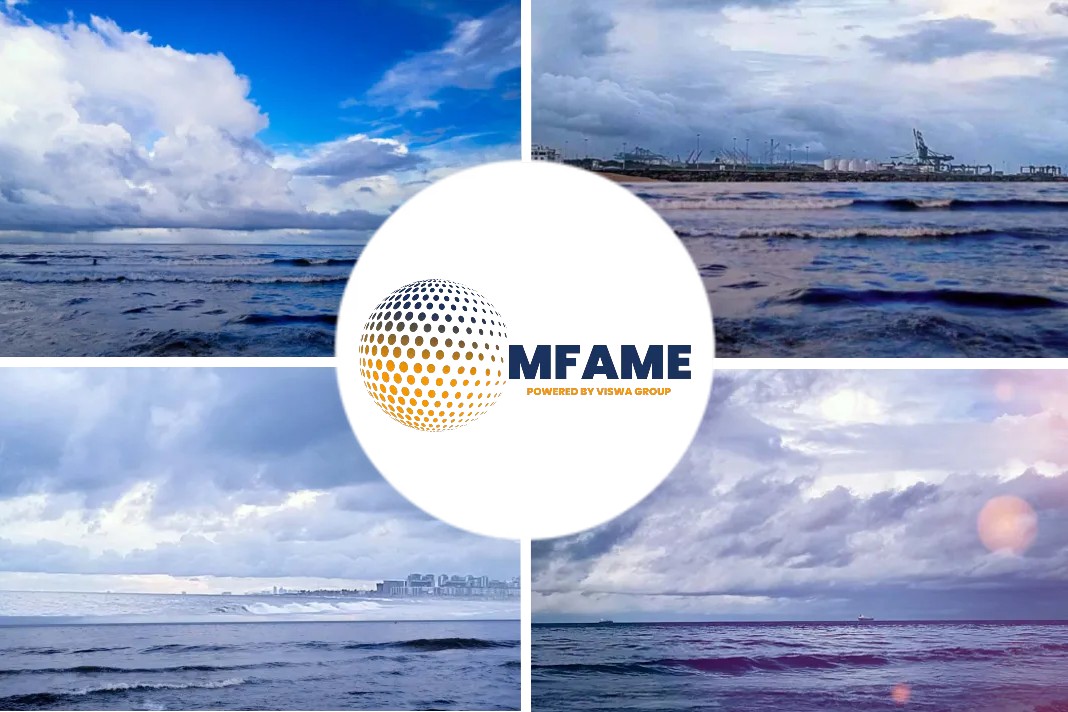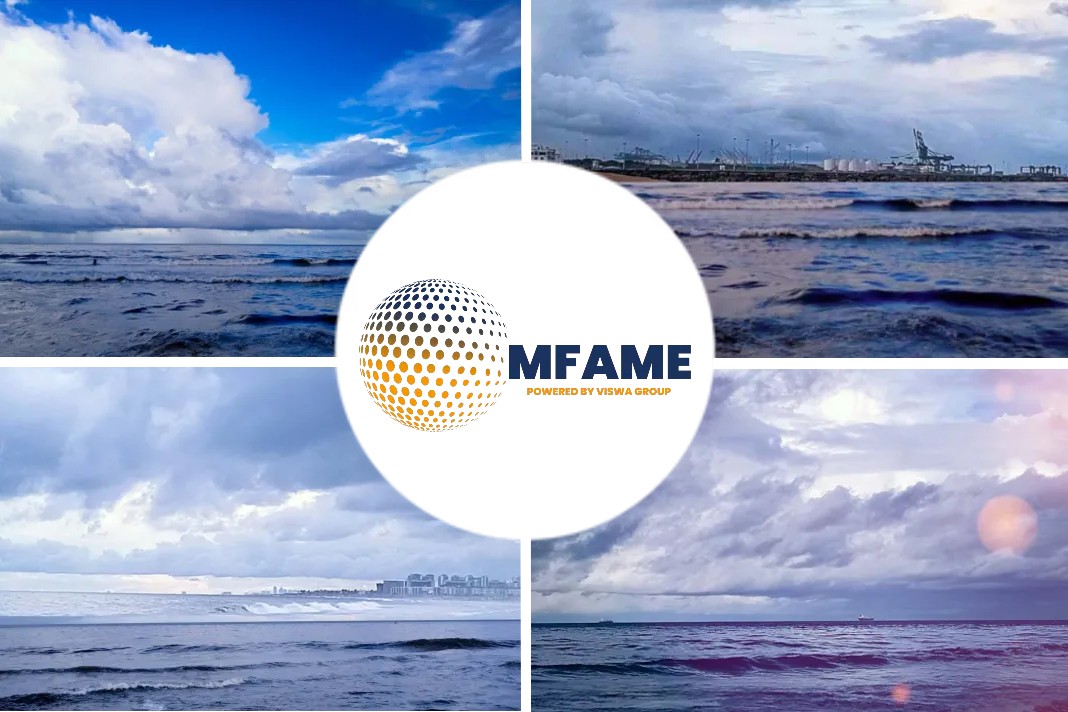Oil demand and container freight rates are among the casualties in the latest COVID-19 outbreak that has sent various cities in China in lockdown. The EU’s ambitious goal to be energy independent from Russia, oil and gas sector earnings, and methanol contract price negotiation sin Europe are also in focus, says an article published in Platts.
1. Resurgent COVID dampens China oil demand outlook…
What’s happening? The omicron variant’s spread in China has accelerated with domestic (excluding Hong Kong) cases surging to over 2,000 per day in mid-March. Restrictions on movement are widely implemented in cities across 20 provinces and municipalities with quasi-lockdowns.
Guangdong, Shandong, and Shanghai, which are among the epicenters of the coronavirus outbreaks this time, accounted for more than 27% of China’s oil consumption in 2021.
Additionally, rising oil price is another factor that will potentially constrain China’s oil demand growth.
What’s next? Movement restrictions will likely moderate in May once this round of virus outbreak is contained.
The imminent threat of fuel costs may not be as severe as that of COVID-19 restrictions, as regulated retail prices would alleviate end-user pressure, and price elasticity of demand is getting lower for residents in developed regions of China.
Altogether, S&P Global Commodity Insights expects China to see oil demand destruction of 650,000 b/d and 400,000 b/d respectively in March and April, and has lowered expected demand growth for 2022 by 200,000 b/d, down to 350,000 b/d.
2. … and reminds shipping market of 2021 freight rate surge
What’s happening? Recent coronavirus outbreaks across China have led to closures of some major port infrastructure, especially in Shenzhen, home to the Yantian container terminal.
The latest crackdown has reduced trucking capacity servicing the port, hindering capabilities to load and unload ships calling at the port, and potentially resulting in a ripple effect across the region.
This was last seen in May 2021, with container freight rates ex-Asia soaring to all-time highs, and bottlenecks at nearby ports, putting the already groaning supply chains under further pressure.
What’s next? As the market is still yet to recover fully from last year’s closure, eyes are locked on the Shenzhen region for any news on potential impacts. Rates are expected to rise as the delays begin to fan out across the region.
With exporting demand rebounding post-Lunar New Year but cargo unable to be loaded in a timely manner, there are concerns over a potential bullwhip effect when all factories and ports reopen fully.
Market participants remember only too well the all-time-high levels seen in 2021 when the port shut down due to a COVID-19 outbreak.
Some container liners are expected to omit Yantian port from their schedules short-term, which will likely mean delays in moving cargo from the port, as well as further queues across the region as ships divert to nearby ports.
3. REPowerEU call for LNG diversification to come at a heavy cost
What’s happening? On March 8 the European Commission published its REPowerEU strategy, with the aim of becoming independent of Russian gas supplies by 2030.
Three days later, EU Commission president Ursula Van der Leyen stated the ambition to become completely energy independent from Russia in 2027, the target including gas, coal and oil.
Germany, Europe’s largest consumer of Russian energy, aims to end its reliance on Russian coal and oil by autumn and end-2022 respectively.
What’s next? The targets are hugely ambitious, given the 155 Bcm of gas that Russia delivered to Europe in 2021. Heroic contributions are assigned to renewables, low-carbon hydrogen, biomethane, the heating sector, energy efficiency and the diversification of gas imports.
They will, if achieved, shift the EU’s energy reliance away from Russia and towards LNG- and green hydrogen-producing countries at unprecedented speed.
“LNG can balance shortfalls in achieving renewable power and gas targets, but this will come at a high cost,” according to S&P Global Platts Commodity Insights.
Interactive infographic: Russian oil crunch risks widening on sanctions threat
4. High energy prices boost oil and gas sector earnings
What’s happening? As oil and gas prices have been recovering in 2021 and into 2022, the S&P 500 energy sector has seen earnings improve steadily. From Q1 2021 earnings of $3.32/share, performance had risen to $5.75/share in Q2 2021, then $9.50/share in Q3 2021, and $12.52/share in Q4 2021.
Most notable was the progressively higher estimates for Q4 that began to unfold as Q4 began. They began Q4 2021 at about $7.50/share, but ultimately ended up being raised 67% higher to $12.52/share.
What’s next? Energy sector earnings for Q1 2022 will begin to be reported towards end April or early May. Current energy earnings estimates for Q1, as published by S&P Dow Jones Indices, indicates $11.75/share, which would still be below the $12.52/share reported for Q4.
Estimates have been rising steadily since early Q4 2021, but current global hydrocarbon prices would suggest further appreciation in the estimates are likely before being actually reported. Dated Brent has seen its quarterly average rise from $80/b in Q4, to $95 or higher in Q1.
European natural gas and delivered LNG into Asia (JKM), have also witnessed gains, while US Henry Hub natural gas has declined slightly on a quarterly basis. Lastly, there had been noted underperformance of energy sector equity performance, relative to earnings performance, as represented by exchange traded funds such as “XLE”, for much of 2021.
That performance gap has only recently begun to close with the latest increase in global hydrocarbon prices. Will there be additional uplift in Q1 energy sector earnings, and will energy equities keep pace with any improvement or close the gap further? Stay tuned.
5. European methanol Q2 contract negotiations get underway amid market turbulence
What’s happening? The European methanol market is about to start contract price negotiations, while the market is facing unprecedented volatility.
The Q1 2022 European contract price was agreed at Eur495/mt, its highest since S&P Global Commodity Insights data started monitoring the methanol ECP at the beginning of 1994.
That was on the back of firm methanol spot prices in Q4 2021, impacted by the extended turnaround season in Europe and the high cost of energy and feedstock – natural gas.
European methanol spot prices have again been strong during the first quarter of 2022, first impacted by emerging demand for gasoline blending, followed by the impact of the Russian invasion in Ukraine, which resulted in reduced buying interest for Russian-origin methanol, before a downward correction seen in the week beginning March 14.
What’s next? Negotiations over the Q2 term price will start from March 21, taking into consideration the supply and demand balance, production cost and recent spot market trend. The increase in market volatility, in addition to higher natural gas prices, will also influence the discussions.
Did you subscribe to our daily newsletter?
It’s Free! Click here to Subscribe!
Source: Platts




























